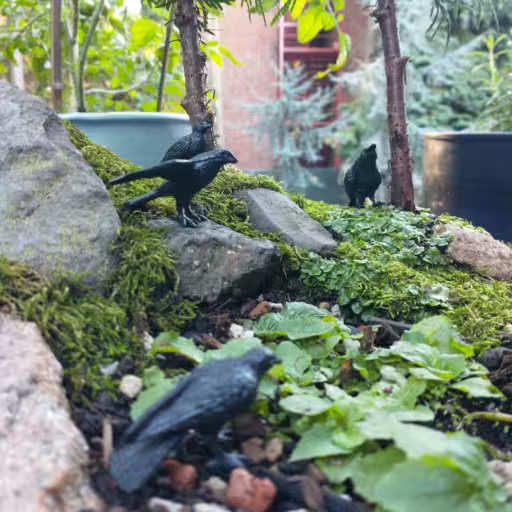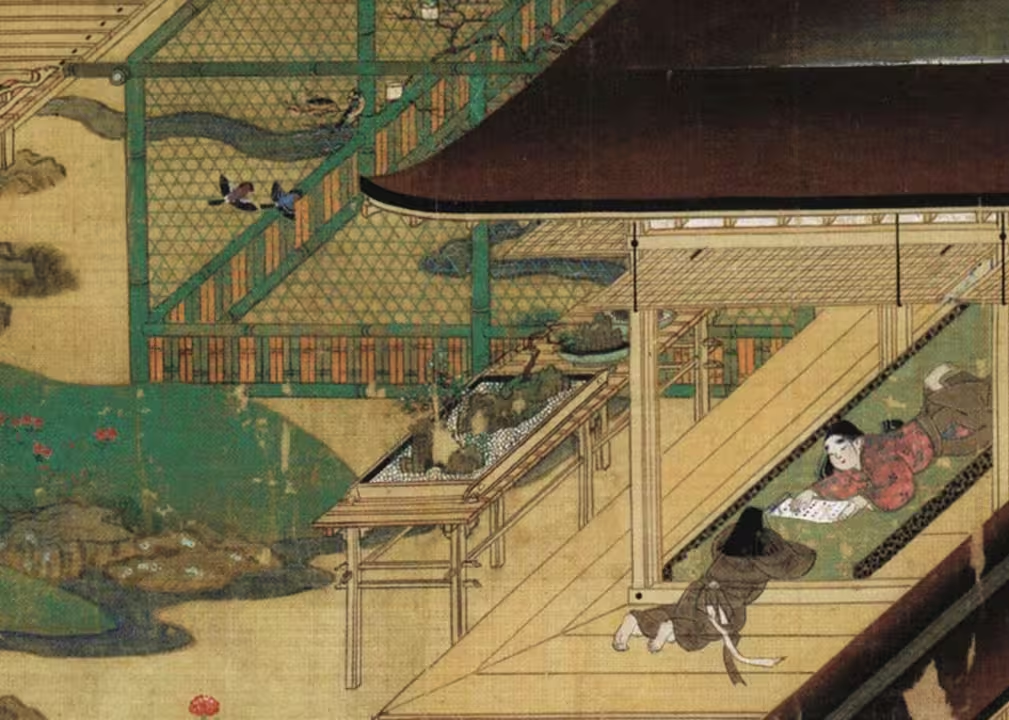Today I wanted to dive into the history of both bonsai and penjing, and find out exactly what are the differences between them. Miniature trees and landscapes are found in many cultures and go by many other names, such as Hòn non bộ in Vietnam. In the United States, bonsai has become a “loanword”; a word from a foreign language that becomes part of English, where it refers to most any form of miniature tree or landscaping.
Properly, bonsai should refer to a tree in a shallow container, that is pruned and trained to an artful degree. Bonsai is derived from penjing, a much older form of miniature landscaping that includes rocks, water, miniature figures, and typically shows a more wild natural scene. Penjing comes in three different varieties. From Wikipedia:
- Shumu penjing (樹木盆景): Tree penjing that focuses on the depiction of one or more trees and optionally other plants in a container, with the composition’s dominant elements shaped by the creator through trimming, pruning, and wiring.
- Shanshui penjing (山水盆景): Landscape penjing that depicts a miniature landscape by carefully selecting and shaping rocks, which are usually placed in a container in contact with water. Small live plants are placed within the composition to complete the depiction.
- Shuihan penjing (水旱盆景): A water and land penjing style that effectively combines the first two, including miniature trees and optionally miniature figures and structures to portray a landscape in detail.
Penjing dates back to the 3rd and 4th century, with legends of a powerful being who was able to shrink entire landscapes down and store them in small pots. However, written documents describing penjings did not appear until the 7th century during the time of the Tang dynasty. In Japan, bonsai dates back to a 1195 scroll entitled Saigyo Monogatari Emaki which depicts a dwarf potted tree. In 1309, the scroll Kasuga Gongen Genki E shows dwarf trees in shallow pots, much like modern bonsai.
A relationship formed between the Zen Buddhist priests and potted trees in Japan. During this time, monks from China were teaching at the monasteries in Japan, and they liked to teach the art form to politicians and other educated, well-off men as a sort of admirable activity for men of taste and position. Eventually, the Japanese style differentiated itself through simplification; the focus came to be on the tree itself and not on pots, miniatures, and other items. This, to me, is the key and defining difference between penjing and bonsai: the incorporation of other decorative and landscape elements.

